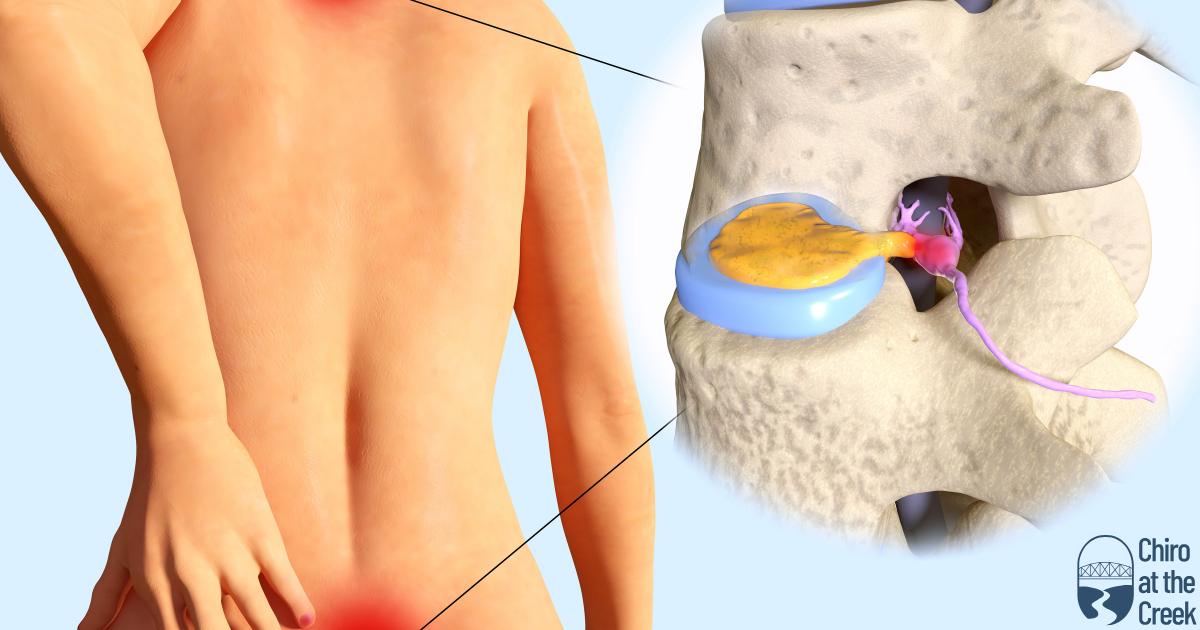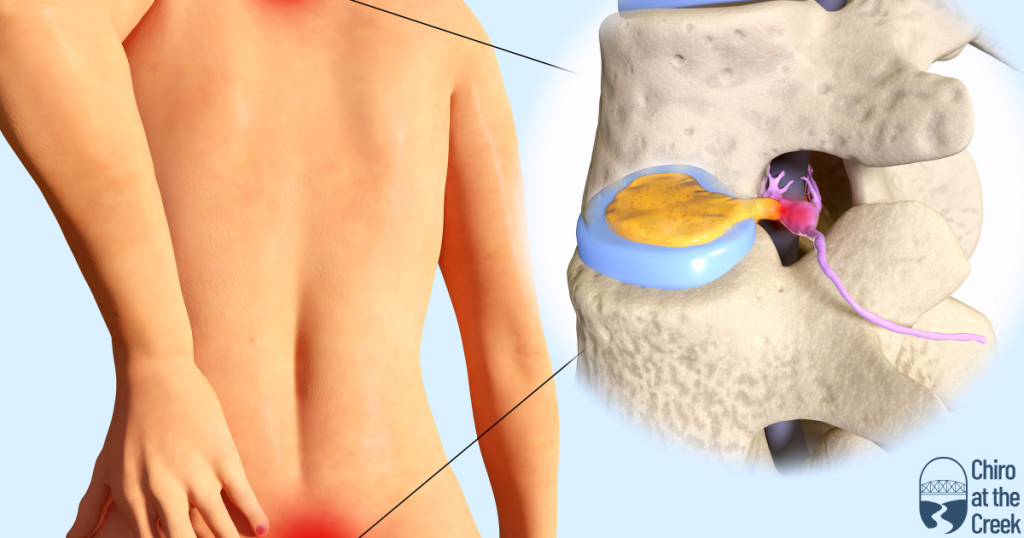Chiropractic Care for Disc Conditions
Chiropractic care has emerged as a sought-after non-invasive treatment method for various spinal issues, including disc conditions. Disc conditions affect a wide range of individuals, particularly those who are middle-aged or older, although they can also impact young adults, especially those engaged in physically demanding activities. Understanding the types of disc conditions and the effectiveness of chiropractic care can empower sufferers to make informed health decisions.
Understanding Types of Disc Conditions
Disc conditions generally refer to problems with the spinal discs, which act as cushions between the bones (vertebrae) in the spine. The most common types of disc conditions include:
- Herniated Disc: This occurs when the softer inner gel of the disc leaks out through a tear in the tougher exterior. It can lead to nerve irritation, pain, and other symptoms.
- Degenerative Disc Disease: This condition is characterized by the breakdown of spinal discs which leads to pain and reduced functionality.
- Bulging Disc: Unlike a herniated disc, where the disc leaks, a bulging disc stretches outside its normal perimeter but does not necessarily break open.
- Disc Protrusion: Similar to a bulging disc, this condition involves a more significant protrusion, which can lead to more considerable pain and nerve damage.
Each of these conditions can cause pain, numbness, and a reduction in mobility. The exact symptoms often depend on the location of the disc problem and whether the nerve tissues are affected.
How Chiropractic Care Helps Treat Disc Conditions
Chiropractic care has been shown to be effective in managing and alleviating pain caused by disc conditions. This type of care typically involves spinal manipulation to improve spinal alignment and reduce nerve irritability. Here’s how chiropractic care tackles different aspects of disc conditions:
Reducing Pain and Discomfort
Multiple research studies have demonstrated that chiropractic adjustments can significantly reduce pain levels in patients with disc conditions. According to a clinical trial published in the Journal of Manipulative and Physiological Therapeutics, patients with disc herniations reported considerable improvements in pain and disability following chiropractic treatment.
Improving Function and Mobility
Chiropractic care is not only about reducing pain but also about improving the function and mobility of the spine. Through various techniques, including the flexion-distraction technique specifically designed for disc issues, chiropractors can increase spinal motion and decrease inflammation, aiding in the healing process.
Non-Invasive Alternative
For many, the appeal of chiropractic care lies in its non-invasive nature. Unlike surgical procedures, which come with risks and extended recovery times, chiropractic adjustments offer a safer alternative that can still significantly improve quality of life. Studies such as those from the Spine Journal show that conservative treatment methods like chiropractic care can delay or even prevent the need for surgery in disc condition cases.
Long-Term Health Benefits
Chiropractic care contributes to long-term spinal health. Regular adjustments can help maintain proper alignment and prevent the progression of disc damage. Moreover, chiropractors often provide patients with exercise recommendations and postural advice that further enhance spinal health and prevent future issues.
Choosing Chiropractic Care for Disc Conditions
Opting for chiropractic care involves choosing a licensed practitioner who has experience in treating spinal disc conditions. It is also essential for patients to participate actively in their treatment plans, which might include regular sessions combined with specific exercises at home.
In conclusion, chiropractic care provides a significant amount of relief to those suffering from disc conditions. With the backing of research and a focus on holistic, non-invasive treatment, it is a viable option for many who are looking to mitigate pain and improve their overall quality of life without undergoing surgery. As always, patients should consult with a chiropractor to determine the most suitable treatment approach for their specific condition.













